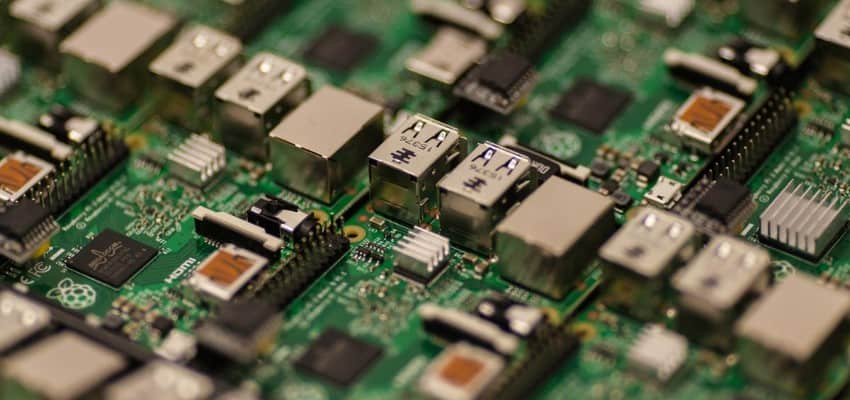|
|
Based on the complexity of data and legal discovery, it is a continual challenge to understand the relationships, opportunities, and costs of specific eDiscovery tasks. With this challenge in mind and to provide information and context to discussions around the eDiscovery task of collection, the following collection-centric task, spend, and cost data points may be beneficial to legal, business, and IT professionals considering the economics of eDiscovery.
The Task: Collection
Within the context of data discovery and legal discovery, the task of collection consists of locating potential sources of electronically stored information (ESI) and gathering ESI for further use in the eDiscovery process. It is one of three tasks, that along with processing and review, make up the core tasks typically associated with the process of eDiscovery.
In considering the relative costs of the three core eDiscovery tasks of collection, processing, and review, in 2012, collection represented approximately 8% of the total expenditure for eDiscovery tasks, with processing representing 19% of expenditures and review representing 73% of expenditures.(1) Based on market modeling since 2012, the current relative costs of these core eDiscovery tasks in 2019 are estimated to be 12% of expenditures for collection, with processing representing 19% of expenditures, and review representing 69% of expenditures.(2)
Chart 1: Relative Task Expenditures for eDiscovery
Relative Task Expenditures for Core eDiscovery TasksThe Spend: Market Opportunity for Collection
In evaluating the market spend for the eDiscovery task of collection through the lens of relative task expenditures and modeled market estimations, spending on collection-related software and services is estimated to constitute approximately 12% ($1.37B) of worldwide eDiscovery software and services spending in 2019, with that number increasing to approximately 16% ($2.99B) by 2023.(3)
Chart 2: eDiscovery Market for Collection
eDiscovery Market for Collection (2018-2023)The Cost: Collection Pricing Data Points
While many individual elements contribute to the cost of collection, results from the semi-annual eDiscovery Pricing Survey (4) may provide insight into three key costs and cost trends related to the eDiscovery task of collection. These costs include the per hour cost for a collection by a forensic examiner, the per device cost for a collection by a forensic examiner, and the per hour cost for analysis and expert witness services with support from a forensic examiner.
Responses from the winter 2019 and the summer 2019 eDiscovery Pricing Survey regarding these three collection-related cost questions posed to data and legal discovery professionals are provided below for your consideration.
Chart 3: What is the per hour cost for a collection by a forensic examiner?
Collection Pricing_ Per Hour Cost for a Collection by a Forensic ExaminerChart 4: What is the per device cost for a collection by a forensic examiner?
Collection Pricing_ Per Device Cost for a Collection by a Forensic ExaminerChart 5: What is the per hour cost for analysis and expert witness support by a forensic examiner?
Collection Pricing_ Per Hour for Analysis and Expert Witness Support from a Forensic ExaminerReferences
(1) Pace, N., & Zakaras, L. (2012). Where the Money Goes: Understanding Litigant Expenditures for Producing Electronic Discovery (p. xiv, xv). RAND Institute for Civil Justice.
(2) Robinson, R. (2018). eDiscovery Market Size Mashup: Worldwide Software and Services Overview – 2018-2023. Retrieved from https://complexdiscovery.com/an-ediscovery-market-size-mashup-worldwide-software-and-services-overview-2018-2023/
(3) Ibid.
(4) Robinson, R. (2019). What is the Price of Admission? Summer 2019 eDiscovery Pricing Survey Results. Retrieved from https://complexdiscovery.com/what-is-the-price-of-admission-summer-2019-ediscovery-pricing-survey-results/
Additional Reading
Source: ComplexDiscovery

























